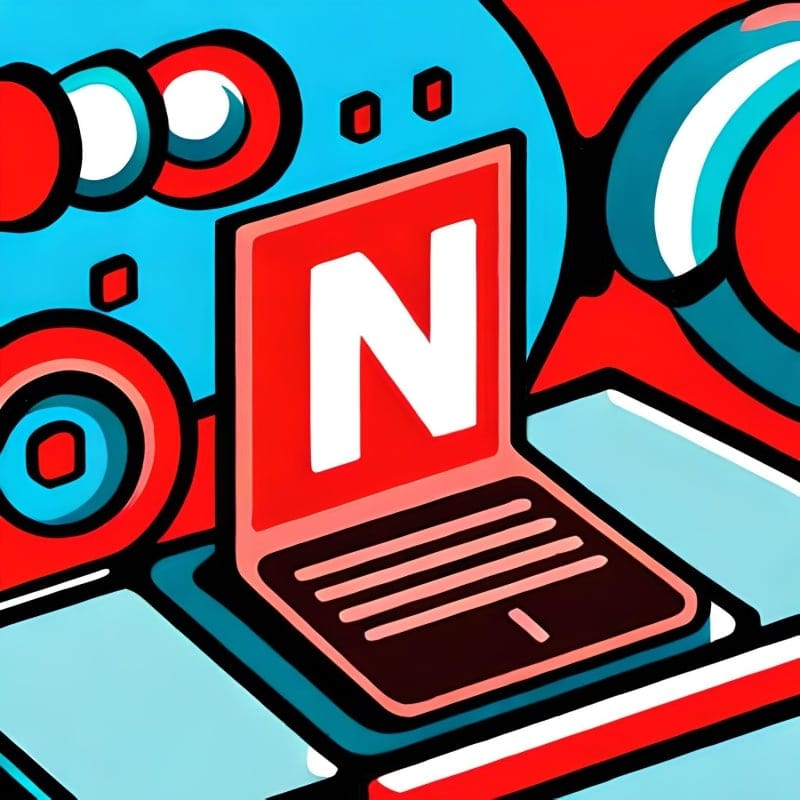What to know
- As of April 10, 2023, all images created using BlueWillow can be used commercially.
- Images created using the free version are royalty-free and available for all.
- BlueWillow doesn’t have a paid version yet. But its ‘Terms of Service’ suggest that it may be offered sometime soon and the images created using the paid version should be solely yours.
2023 is turning out to be the year of generative AI. After the success of tools like ChatGPT and Bing AI, the market is quickly being flooded with various platforms, such as Midjourney and BlueWillow that use AI models to create images with text-based prompts. But do these AI image generators have the same license policies as traditional image services of old, and can you use these images commercially? The following guide will answer all these questions and more concerning BlueWillow’s licensing conditions so you can decide if it’s for you.
Can you use BlueWillow images commercially?
BlueWillow gives you the rights to your creations, which means you have the freedom to use them anywhere, even for commercial gain.

So we created one for this post, and yes, we (as well as others) can use it however we like.

When using the Free version, the Assets (or created images) will be published on BlueWillow’s public servers and can be accessed by other BlueWillow users. This means that whatever image you create will be accessible to all. But by the same token, whatever’s in their public channel or server will also be available to you for use.

As BlueWillow’s terms of service state, “[t]he Assets you create on BlueWillow may be used by you for any purpose…” So you can rest assured that you can use it commercially as well.
BlueWillow License: How does it work
When using the Free version, you grant BlueWillow the license to reproduce, sublicense, publically display, and make derivations of the art since the images are created on BlueWillow’s platform. To know the full extent of what BlueWillow can do when using the Free version, refer to their terms of service documentation here.
That is not to say that they will prevent you from using them commercially because all artwork generated freely is basically royalty-free.
BlueWillow hasn’t released a paid version yet. But their terms of service suggest that when using a paid version, “you own the Assets you create, and BlueWillow will have no rights or licenses to use Assets created using [their] paid services.”
BlueWillow will also not share any art generated by you publically and will grant access to private servers. But if you publish your artwork publically, such as in BlueWillow’s Discord chatroom, the artwork will not be protected by them.

So, in summary, both free and paid versions (once it is available) give you the ability to use free images commercially.
What happens if you cancel your BlueWillow subscription in the future?
Although the paid version is yet to appear, even if you cancel your BlueWillow subscription in the future, you will still be able to commercially use the images created while your subscription was still active. The only thing that changes once you start using the free version is that the new images that you create won’t be protected by BlueWillow nor will you have exclusive rights to them.
In summary, both free and paid versions of BlueWillow let you commercially use AI-generated images or artwork. Images created freely end up becoming royalty-free and open to the public while those created with paid subscriptions are solely yours.
We hope this guide helped elucidate BlueWillow’s licensing and terms and conditions for the commercial use of images created on the platform. Until next time!





![Solution For Quiz - Where Did the Dragon Hall Deal a Major Blow to the Khitan Navy [Where Winds Meet]](/content/images/2026/01/1-15.png)







Discussion